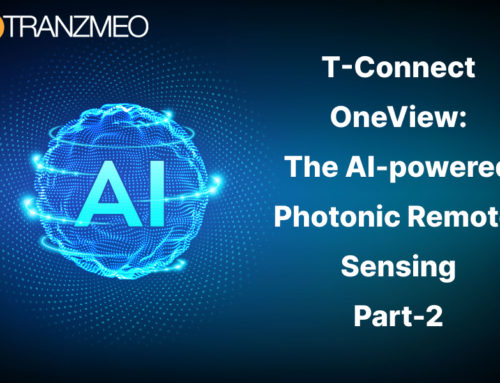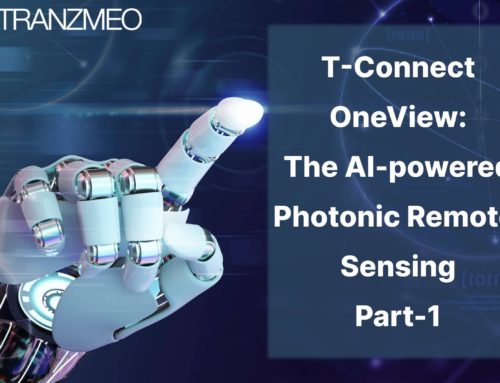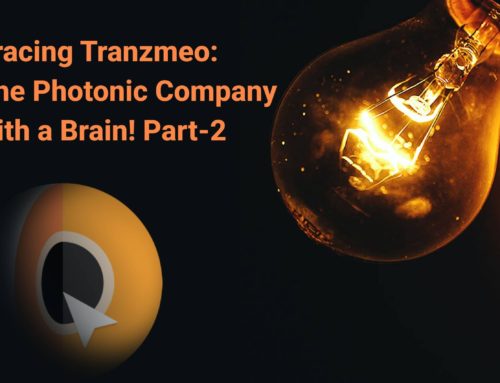The twenty-first century is an age of not settling for mediocre solutions, and we witnessed a giant leap in the field of technology. Electronics, which run and governed every appliance in the industry, found a great competitor that has the potential to change the world in a second.
Within no time, Photonics became the buzzword of advanced technology developers. Photonics is generally used as an umbrella term for all the new-age technologies that deal with light. Defined as the science of moving, detecting, and sometimes, creating photons, Photonics, is a technology of tomorrow. Photonics scientists studies about the generation, detection, and management of light for the benefit of human beings and society.
The small packets of light energy they found are named photons. With the help of photons, Light is used to generate energy and transfer data. It is an advanced subset of the optics field which in turn consists of geometrical optics, physical optics, and quantum optics.
The role of light
Light, the most reliable form of energy, is one of the key elements which enables life to walk on earth. The story of light’s influence on man began billions of years ago with several light-induced chemical reactions which shaped the earth after the Big Bang.
Even before the evolution of life on earth, photons were present and they were backing many pivotal natural phenomena. For humans, light symbolizes hope for the future and innovation both in life and technology. Whether it’s in the culture, arts, or technology, mankind was always guided and led by light.
The scientists who were amazed by the power of light decided to unleash its hidden powers and it opened door to a vast range of possibilities in science. Light comes from the most energy-efficient source, the Sun, a source that never exhausts and is accessible to everyone. It touches everything around us and light energy travels faster than any other conventional form of energy. In fact, there is nothing that could beat the speed of light. In a fast-moving smart world, why should we go for an alternative form of energy? To utilize these unlimited possibilities of light’s speed and energy, physicists entered into the discussion and took the wheel.
When we trace the history of the science of light, we can see that it has been a part of physics since centuries ago. Optics was the first field that was able to utilize light’s peculiarities and capabilities in daily life. Scientists explored lenses and their capabilities for several day-to-day life uses. Optical instruments such as convex lenses, curved mirrors, etc were used from very early Greek civilizations onwards.
Light can transmit spatial and temporal information over long distances. But until the latter part of the twentieth century, people never found out that light energy has the potential to supersede electronics. Replacing electronics with photons has been a groundbreaking move for researchers who were dissecting the qualities of light.
The advent of Photonics
So where does this journey of Photonics begin?
The term Photonics has derived from “phos” the Greek term for light. In the 1860s, James Clerk Maxwell predicted that light is an electromagnetic wave. The identification of light as electromagnetic radiation became a game changer in technology. Quantum Mechanics revealed the dual nature possibilities of light. Light is electromagnetic radiation that can be detected by the human eye.
The information from around the universe reaches the earth in the form of electromagnetic radiation. Photons that have a dual nature, both particle and wave nature became a strong competitor for electrons. The word Photonics first made its appearance in 1973 as la photonique in an article by French Physicist Pierre Aigrain. But photonics became a keyword in the technology domain only after the telecommunication boom in the 1980s when the network operators choose to shift data transmission through optical fibers.
Bell Laboratories had a great role in popularising the term. Acknowledging this revolution of light in technology, UNESCO has celebrated 2015 as the International Year of Light and Light-based technologies to improve public understanding and encourage research in photonics and optics. They described Photonics as the “science of Light”.
The invention of the Laser
When we switch back to the 1960s, a major invention happened and it marked the dawn of photonics in technology. In 1960, at the Hughes Research Lab, Theodore Maiman developed the first laser. Despite the challenges, Maiman was persistent in using Ruby for the amplification of light. His hard work paid off and it led to the birth of the world’s first operable laser.
Though the foundation of laser theory was laid in 1917, by Albert Einstein, It took a couple of decades more to define the idea into a reality. Einstein proposed the idea of the stimulated emission of photons, where a photon interacts with a molecule or atom, and another photon is generated. The newly generated photon will also have the same frequency, phase, polarization, and direction. This theory became the base and foundation for later photonics researchers.
Lasers are important components in photonics-based products including optical disc drives and glass fiber optic communications. Laser signals have the potential to transmit voice and data at a speed of 40 gigabits per second. The arrival of laser printers in 1971 revolutionized the communication and education industry. In 1974, the bar code scanners were also introduced increasing the daily life application of the laser.
In the 1960s itself, the laser diode, a semiconductor device that emits coherent light was invented by Robert N.Hall. He discovered that a light beam can be produced by passing through an electrical discharge through a gas. Laser technology and photonics took a new turn after the discovery of the laser diode.
Conclusion
Laser technology is celebrating its 62nd year in 2022, and Photonics has come a long way, making an impact in several fields such as communication, remote sensing, biotechnology, healthcare, agriculture, homeland security, and construction. With a speed 100 times greater than electricity, photons traveled to the front line of the technology within a short period itself. Photonics applications range almost from near ultraviolet to far infrared in the light spectrum.
Today, Photonic systems and appliances play a vital role in real-world industries driving innovation and ease of life. It conquered the market with its jet-speed processing, precise outputs, and low-cost implementation.
We are living a life where these little packets of energy have great significance and could not be ignored. But when we consider common people’s understanding, photonics has not become familiar to everyone yet. This is a planet where speed governs everything and photonics is the right technology to make the world lightning fast.




